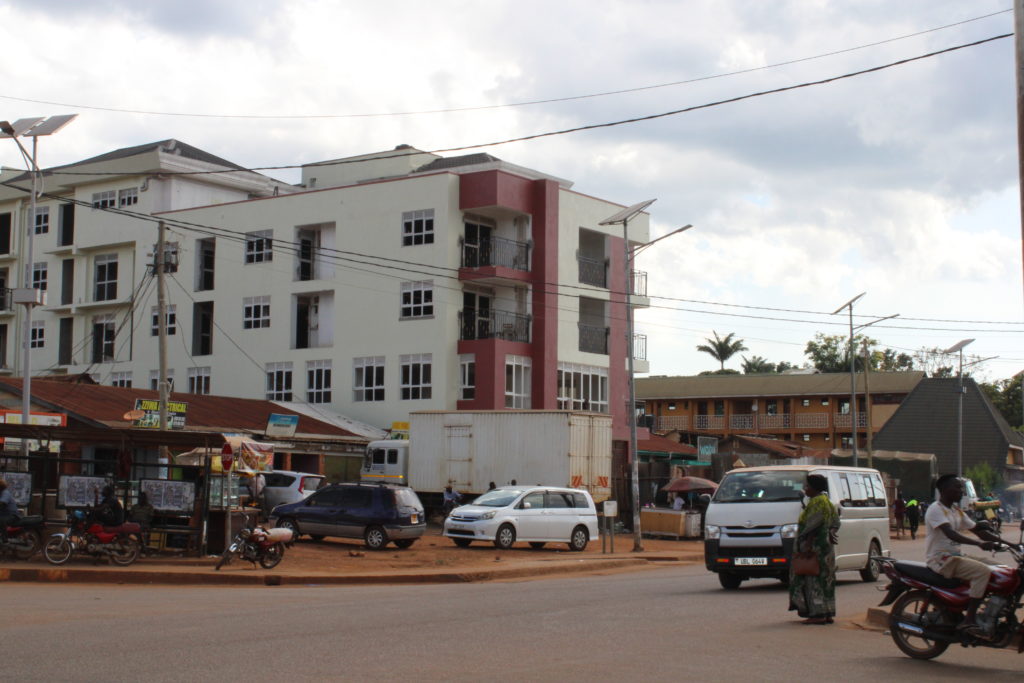A decade ago, Hoima City’s real estate market thrived on the activities of the oil industry, witnessing heightened demand and profitability.
Investors eagerly purchased land, leading to increased gentrification and soaring property values.
Elevated to city status in the 2019 fiscal year, Hoima underwent a transformative phase, evolving into a bustling urban centre adorned with modern buildings.
This growth attracted businesses and fueled the real estate sector, with average returns on capital for developers rising from 5% to 60% between 2010 and 2016.
However, the past two years have seen a marked decline in the once-booming real estate market.
Borrowers who obtained loans under the expectation of repaying through rental proceeds are struggling to meet their loan obligations.
“Bank Property and Land for Sale” signs, now redundant, underscore the sector’s underperformance, influenced by lockdowns due to the Covid-19 pandemic and shifts in the oil industry landscape.
Previously tenanted houses are now being repurposed into lodges and hotels due to low returns on investment.
The establishment of oil firms’ accommodation units has resulted in low occupancy rates, affecting the entire real estate chain, from builders to property tax revenues.
As a prerequisite, oil firms’ sub-contractors are mandated to establish accommodation units within camps due to proximity to workplaces, citing the impracticality of an 80-kilometre daily commute.
Despite initial optimism, the sector faces challenges such as over-supply, speculative land pricing, and increased construction costs.
Developers have responded by raising prices to ensure quicker returns, further deterring potential tenants.
The impact on local residents is evident, with rising land prices and inadequate housing options leading to a surge in makeshift living arrangements.
The once-promising real estate investment is now overshadowed by delayed oil dreams, fluctuating economic conditions, and insufficient infrastructure development, especially in peri-urban areas.
Contributing factors, including a lack of inclusivity, high land prices, and inadequate resources, contribute to a stagnant real estate market in the area.
As Hoima City grapples with the aftermath of its once-thriving real estate market, a comprehensive approach is necessary to address the root causes and pave the way for sustainable growth, reflecting broader economic challenges.
Stakeholders are advocating for government support, infrastructure development, and training initiatives to revive the sector.
************


